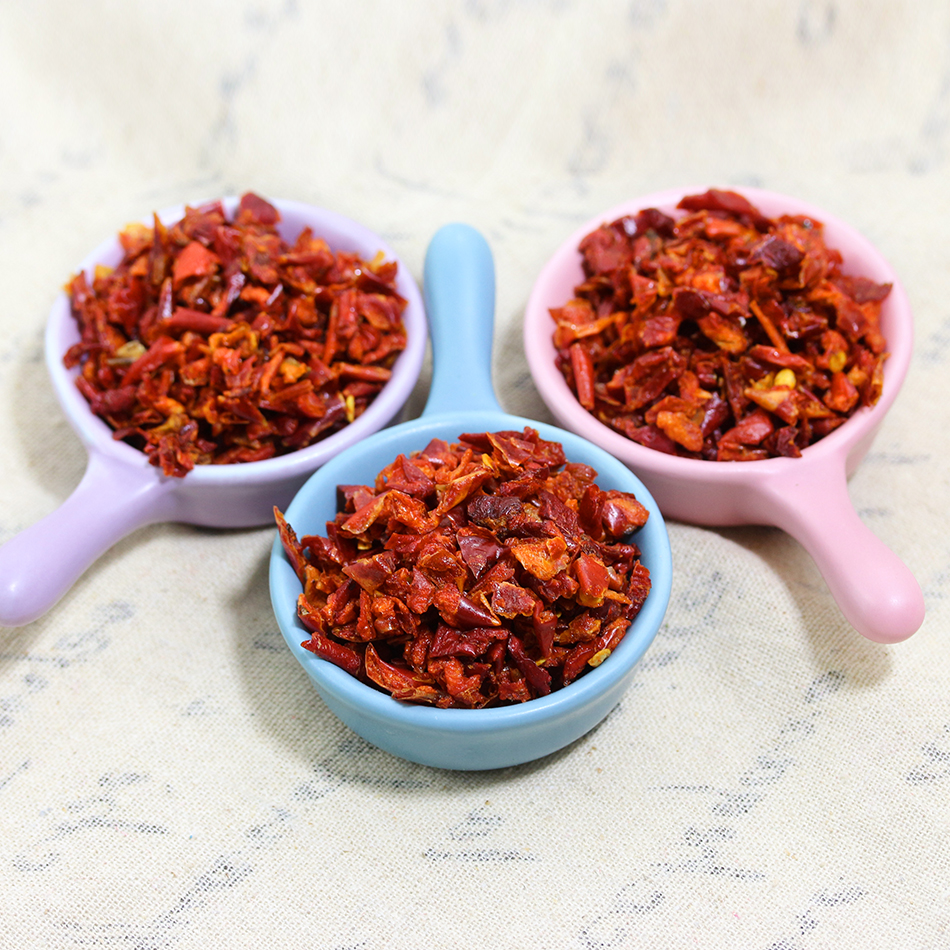Response to greenhouse vegetables in hazy weather
In winter, when the snow is cloudy, the light in the vegetable greenhouse is weak and the temperature is low, which becomes a key factor that affects the growth of vegetables. In particular, in the past week, a wide range of cloudy, snow, and fog weather in northern China has caused the yellow-leafed, dry-tip, and growing-point rots of the hi-temperature vegetables cultivated in the protected areas, cucumber downy mildew, blight, blight, fluid injection, Roots and other bacterial diseases; peppers, bell peppers, eggplants, tomatoes, etc. Falling, falling fruit and disease, gray mold and so on. In response to these problems, the following measures should be taken to protect the vegetables: 1. Keep the seedlings of the existing vegetable crops in the greenhouse in the greenhouse as long as the temperature reaches 18 °C or more, and conduct a short period of time (20 minutes) of ventilation, there is no dew on the leaves Can spray, add silicone to improve the absorption and utilization of pesticides. Take cucumber and tomato for example, control downy mildew, blight, and gray mold can spray 60% Baitai + 5% methobiocin + 72% agricultural streptomycin, every 2-3 days with 5% chlorothalonil Smoke agent or 10% fast-kerosene smoke agent was closed fumigation in the evening to reduce the occurrence of disease development. 2, adjust the growth control of diseases on the need to water the crops do not water the cloudy days, you can take spray foliar fertilizer to add nutrients, to be sunny and then watering the formation of flower heads of cucumber can be appropriate to melon, yellow The blades are taken out of the house and sprayed or fumigated in time to reduce the incidence of wound aggravation caused by artificial removal of leaves. 3, the management of continuous cloudy and sunny days will be more than 5-7 days of continuous cloudy days, there will be turbid root phenomenon, and sometimes some areas will be more than two weeks of rain, haze days, most crop roots appear different degrees of rust roots, There are almost no white roots that absorb nutrients. If there is half-hazy and semi-clear weather, the temperature will gradually rise and the damage to the seedlings will be less. If there is a sudden sunny day, appropriate measures must be taken. (1) When the temperature in the greenhouse rises to 23°C, the leaves can be sprayed and sprayed with white sugar and vinegar (50 grams each), diluted 150 times, or foliar fertilizer and sugar sprayed on the foliage to increase the air humidity and slow down the snoring phenomenon. When the temperature rises to above 26°C, the snoring can be returned to the grass, covering two-thirds of the shed. When the saplings return to normal, they are rolled up. On the second day, we must observe the performance of the seedlings. If there is burping, we can spray chlorothalonil + streptomycin + brassinolide to reduce the occurrence of diseases and promote the rooting of the seedlings; (2) when the seedlings need watering Next, suddenly do not water the sunny days, take the front measures, when the 10cm ground temperature rises above 16 °C, then pour water, and try to increase the temperature. (3) Increase the ground temperature: After the sunny days, as long as the seedlings do not fight, a small breeze will be passed around at 23°C in the morning. When the temperature drops 1.5-2°C, close the air outlet. When the temperature rises above 28°C, ventilate again. If the sky is ventilated at 23°C, the temperature will only drop by 1-1.5°C. The time will not be long enough for the air to rise and the air outlet will not need to be closed. However, when the temperature reaches 30°C at noon, the air volume will increase. In the afternoon, when the temperature drops to 25°C, the tuyere must be closed. If the temperature rises by 1-2°C, it will help to increase the temperature and store heat, which is beneficial to the growth of the root system.
Dried chili is a chili product formed by natural drying and artificial dehydration of red chili, also known as dried chili, dried chili, dried chili, processed chili, processed chili, etc. It is characterized by low moisture content and suitable for long-term storage, but dried chili peppers with unsealed packaging or high moisture content are prone to mildew. Dried chili is mainly eaten as a seasoning.

Dehydrated Red Pepper,Natural Dried Red Pepper,Natural Pollution-Free Dried Red Pepper,Dehydrated Chili Powder
Laian Xinshuyu Food Co., Ltd , https://www.xinshuyufood.com